Design Translation
My interests and a mixture of various influences formed me as a unique individual. For you to understand my design style, here is my design journey.
Language
Learning a new language
Born and raised in South Korea, I came to the States in 2003 to learn English. The years were tremendously challenging for me, but they were worth it. Later, I expressed my internal process of the time in this self-initiated project called Konglish.
.webp)
Arduino-controlling servo motors depict my effortful translation process between English and Korean.
Language is Louder than Visual
Studying English as a second language taught me to think carefully with written information, from a beginner language course to a professional career environment. And I desire to improve my reading and writing skills.
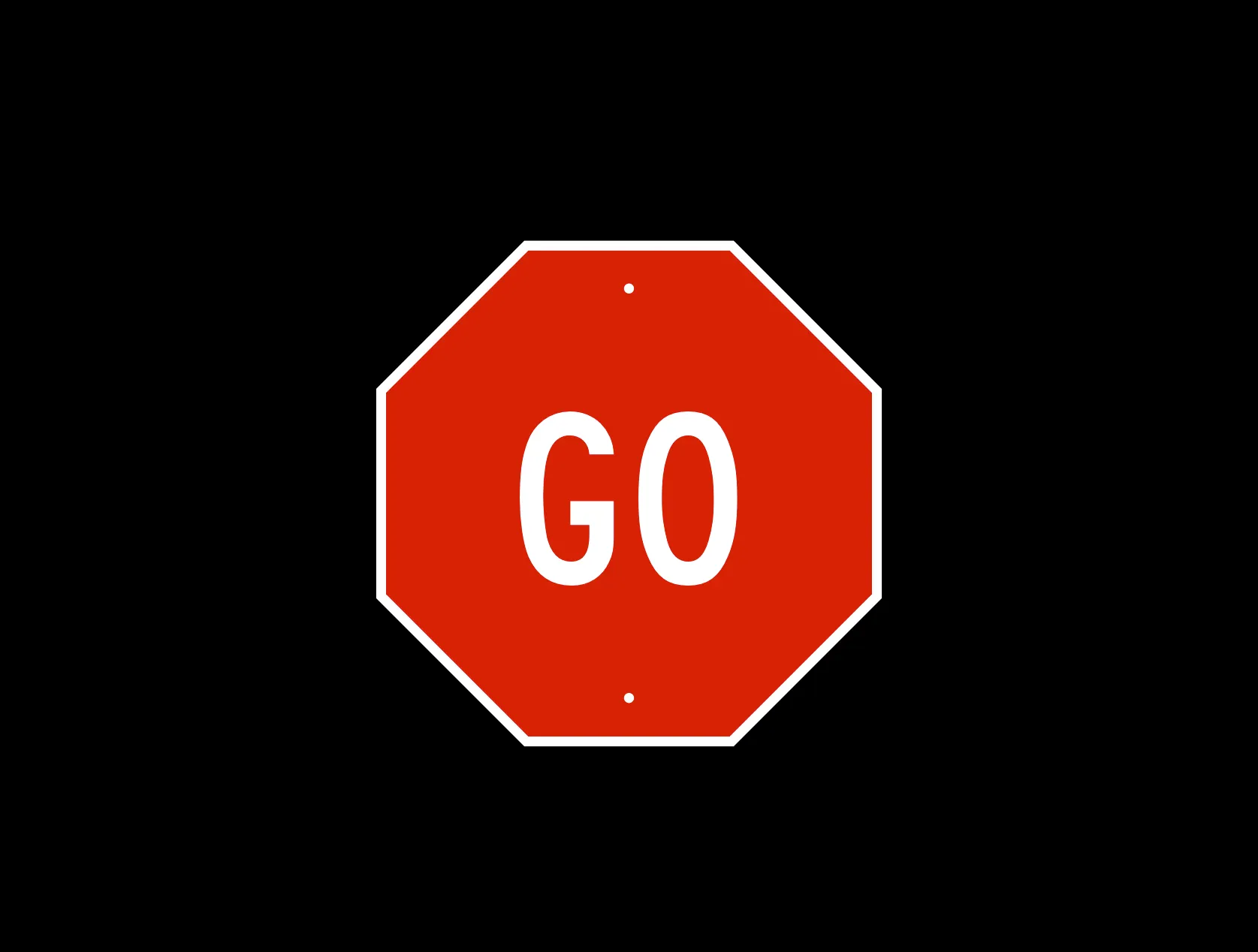
Facing this traffic sign on the road, would you go or stop?
Content Design
In the product design industry, content design is the best discovery approach for gaining insight into users’ needs and providing highly customized design solutions.
The more I learn about language, the better my chances are of providing reasonable design solutions to design problems. Although English is not my first language, I will never stop studying it because it strengthens my thinking.
Visual
Graphic Conversion
In addition to translating English into Korean, I learned how to convert concepts into graphics. Beginning with visual sense development exercises in typography, I found common elements between the graphic design process and language translation, such as the importance of perceiving input correctly and a requirement to pursue precision in conducting output.
A square rendered in perfect measure might look narrow or wide to each of us. Finding an optical square is a subjective decision made by the individual translation.
Logic
Some design challenges require a perfectly logical process that can only lead to a satisfying solution. Therefore, I adopt this attitude through hypersensitive projects, drawing, and writing.
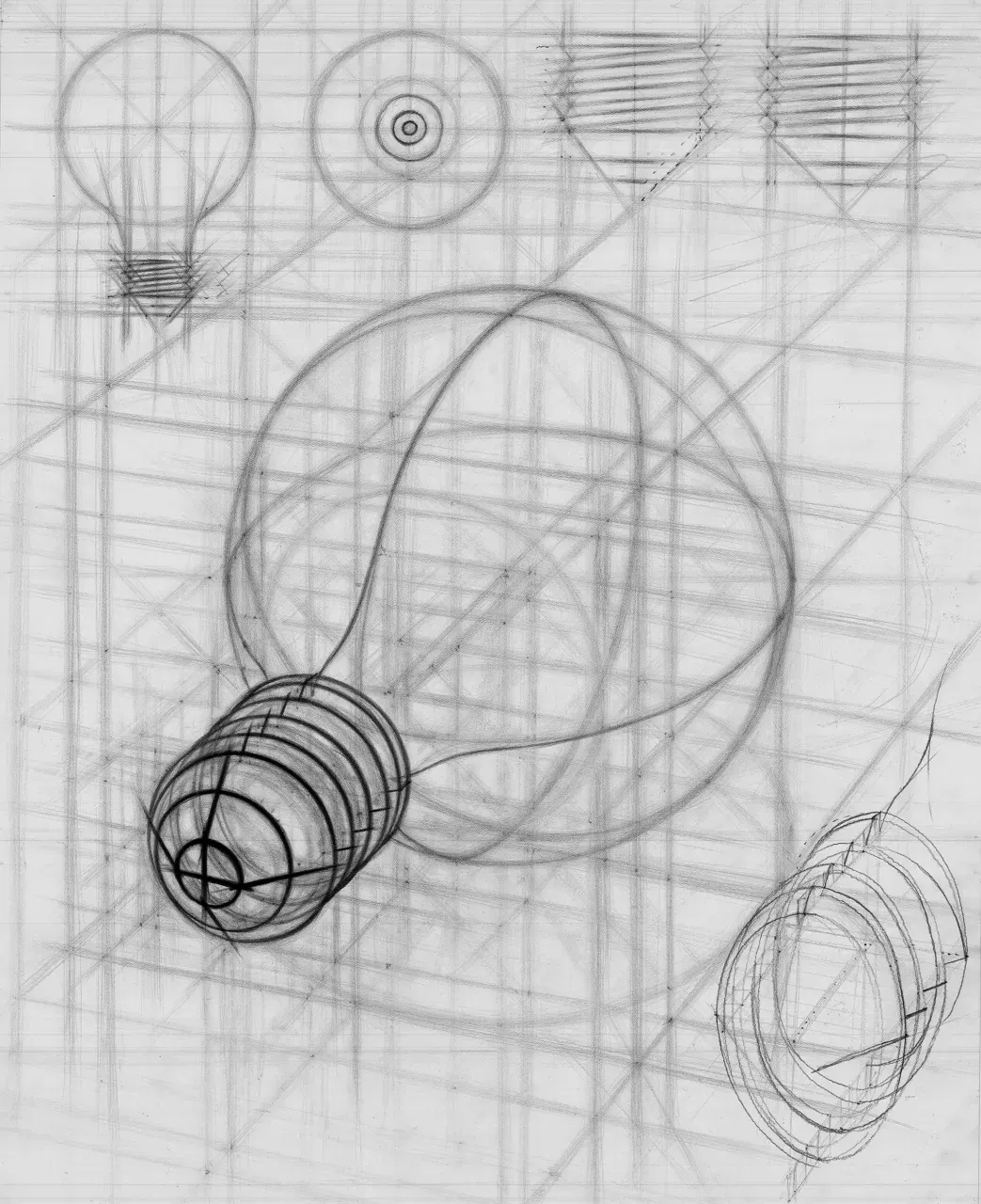
An inaccurate translation between observation and drawing would cause discourse to find a perfect result.
Writing
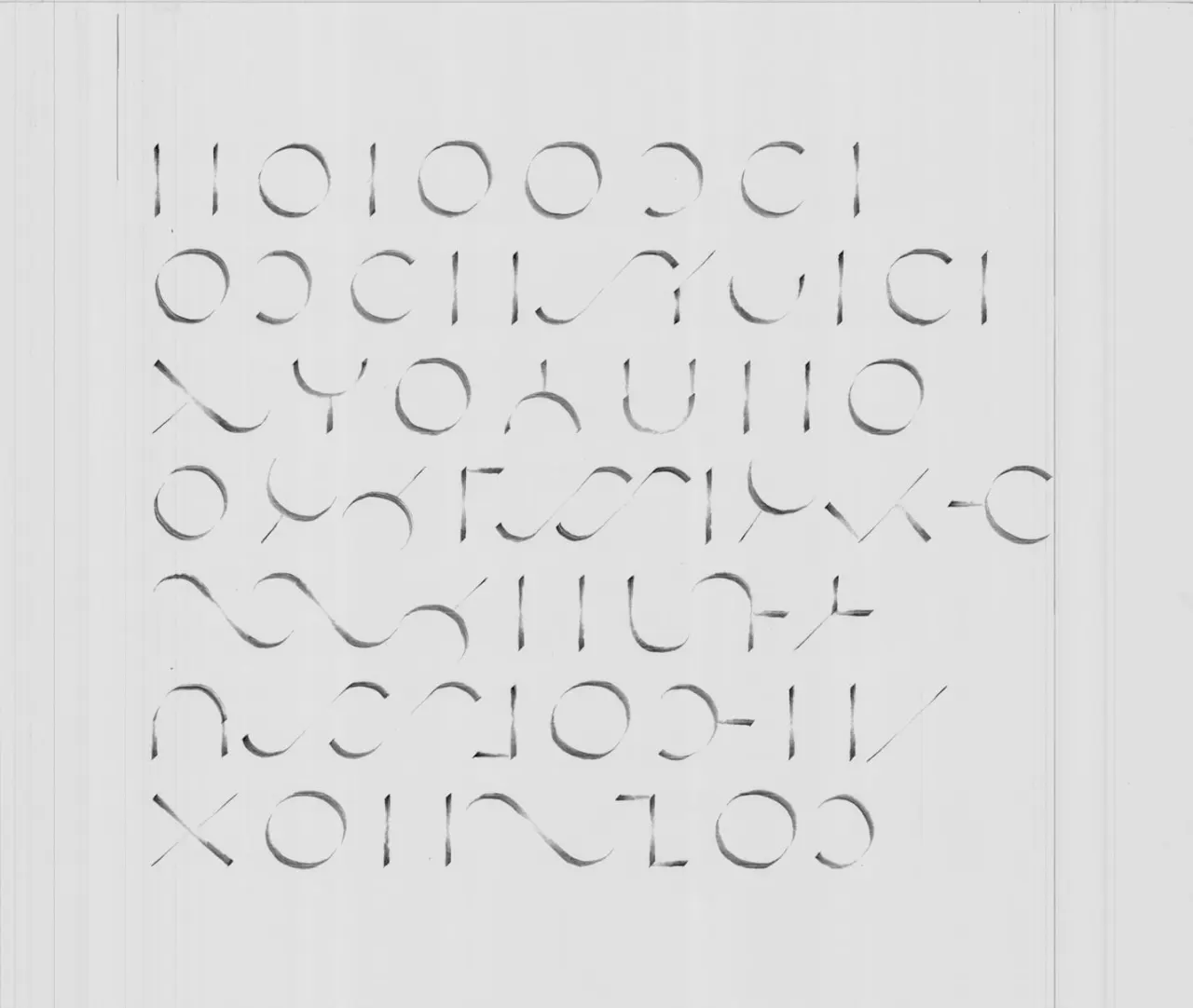
Creating consistent brightness on a page won’t allow you to make a single mistake. Restart otherwise.
Pictogram
Realizing that internal interpretation is part of successful visual communication, I begin to find the everyday things and that they already surround me. It was when I expanded the visual principles to its application in pictograms, interaction design, and product design.
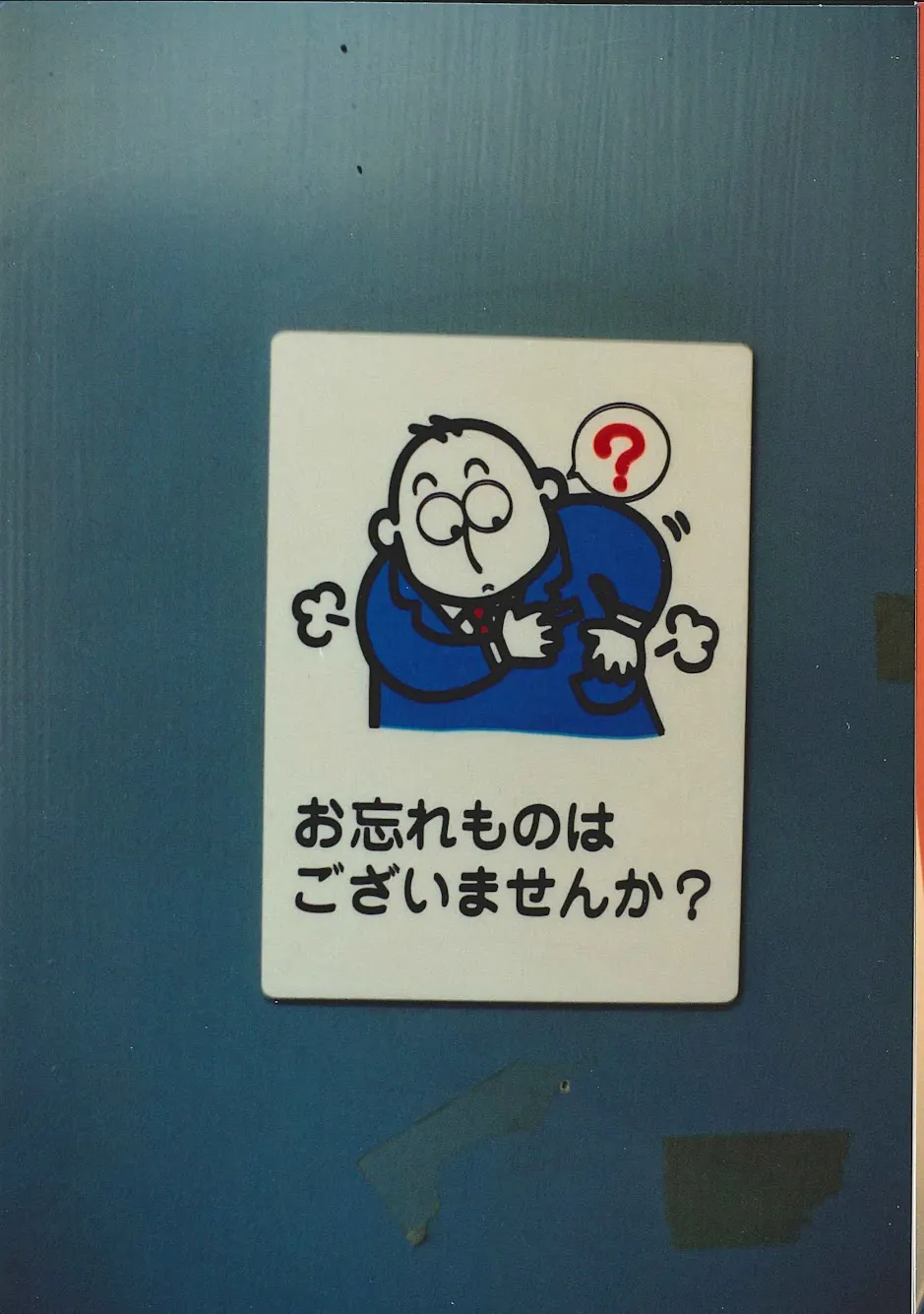
Tokyo, 2003. Not knowing what the sign says in Japanese, you check if you left any belonging as leaving the space. The pictogram is set on the inside door to remind those exiting the room.
Technology
I carefully assume that all visual artifacts are the result of variables. For example, print designers mandate hard proof to minimize the random variables of the machine’s settings. Interesting machine errors can be caused by a rolling shutter, which can affect a moving object.

Do we see ‘I’ or a dot? Does it matter what it is?
Human Error
Human error can be the variable of the visual outcome. But is it a defect or an opportunity to overcome the original design goal?
Combining the technique of a long exposure camera and a hand-held device playing a motion graphic, the performer executes the letter’ A’ differently each time.
Collaboration
The most popular and intuitive communication method is reading and writing. It’s a great way to collaborate. Afterward, I should translate the written idea into visual format before it gets overloaded in email and chat apps.
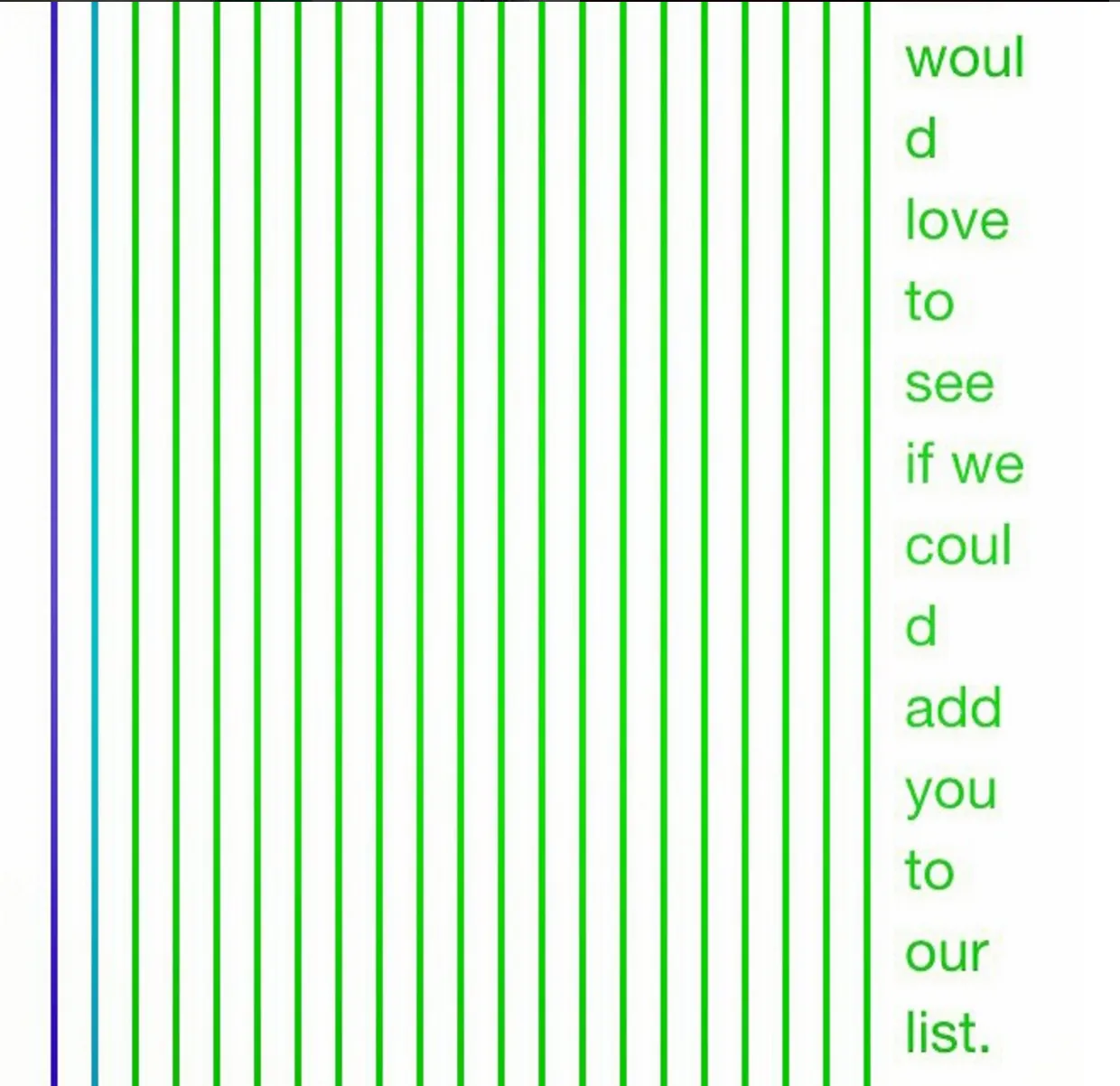
Reply. Reply. Reply. It’s time to visualize the idea after understanding and sharing the summary with a team.
Communication for Front-End Development
Showing is a better translation method to convey ideas than writing if the subject involves a visible matter to communicate.
Save thousands of words by showing the idea in a video format that the audience can pause, play, repeat, and share with others for better understanding.
3D Mockup
Prototype and videotaping the third-dimensional views are the best ways to share the idea for physical solutions like installation. Imagine how many words could be saved to share the idea, thousands.
Watch the video rather than imagine with static images of front and side views.
Video Prototype
Share Interaction design ideas in animation. Imagine how difficult it would be to describe the concept in words. The video format allows the audience to play the idea repeatedly.
The primary entry points in modular format provide more detail at different scales on the homepage before the user goes to the page.
Icon Library
Iconography system with the brand color scheme and look. The variations of color, stroke, and the depicting level are carefully defined before generating any of the icons. I started designing icons by writing the nouns they represent and the adjectives that tell the stories around them.
The icon library created for the Discover.com web pages
What If
We can create a digital mockup using a green screen and video editor apps. This technique allows us to imagine more digital solution opportunities in our surroundings with everyday goods. And it becomes the bridge connecting our idea with sharable graphics.
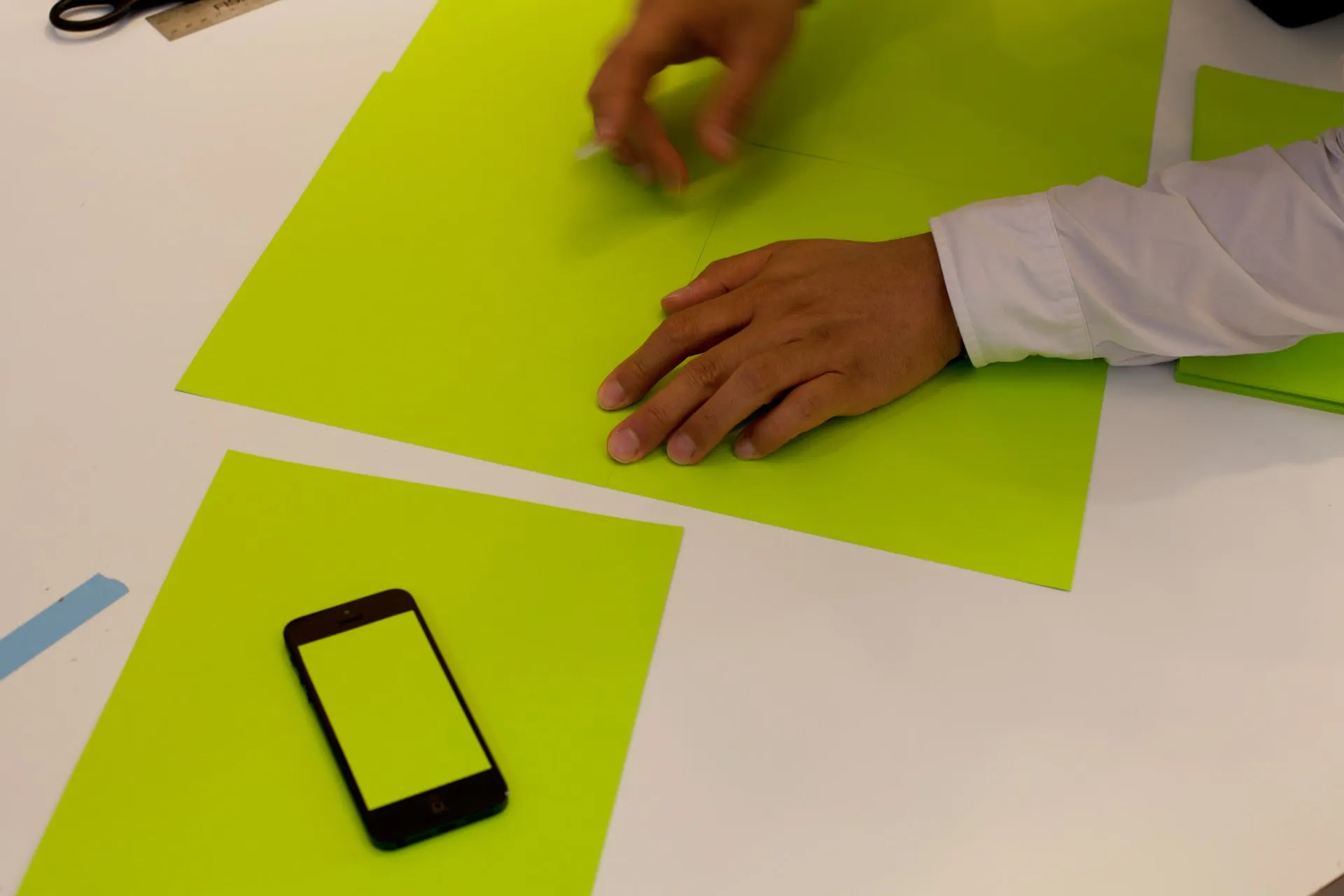
Me making green screens on handheld devices.
What If is a powerful statement that pulls us to think outside the box and activates the imagination to complete the sentence.
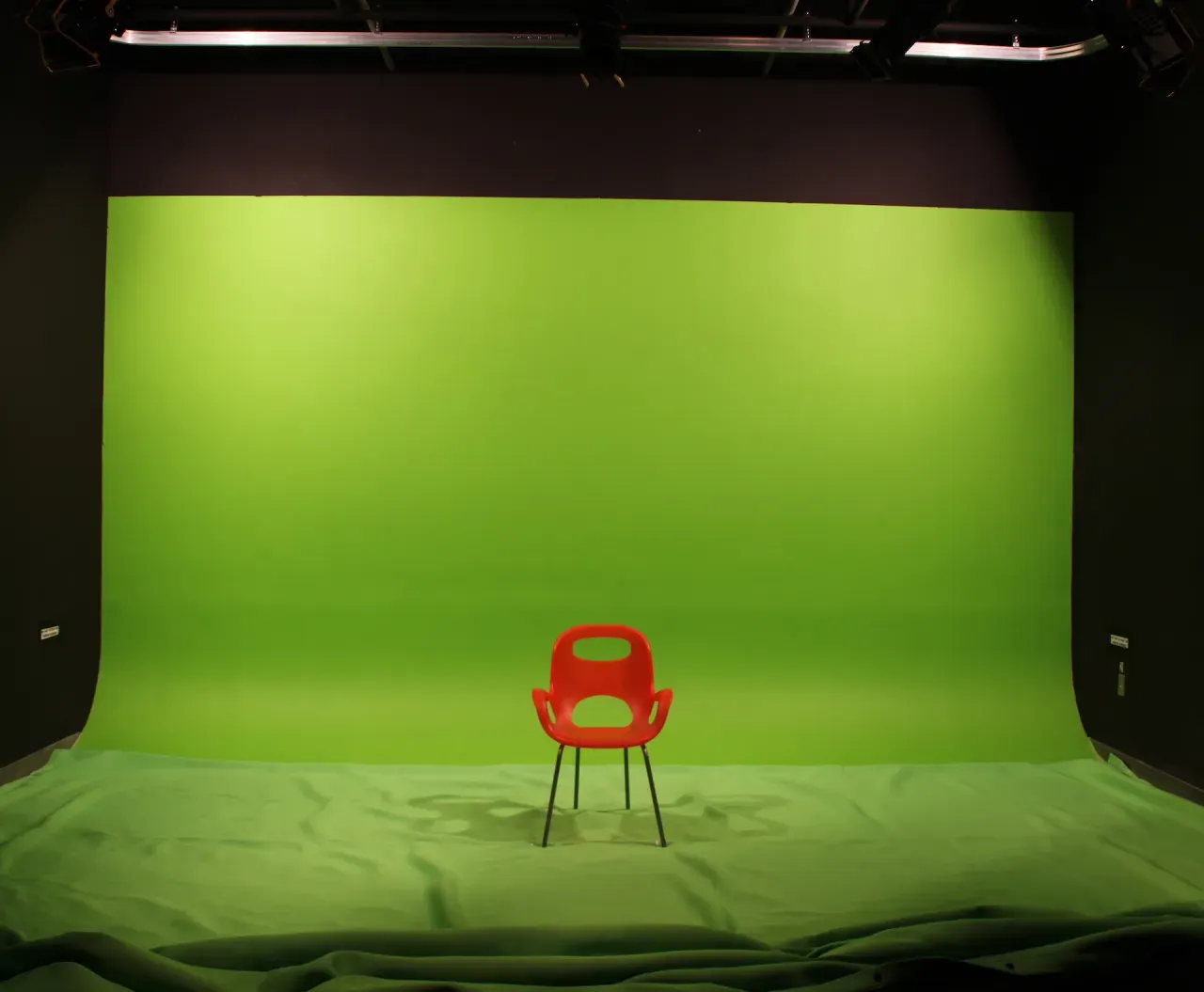
I created video assets for thesis studies in this studio on the MICA campus.
Closing
Design Translation is an abstract word capturing how my design journey could be summarized. Honoring the originality of writing and its power to develop one’s idea is something that can be the start of design development. Communicating effectively with collaborators makes the outcome even greater for precision and expectation.
End. 2022/01/01